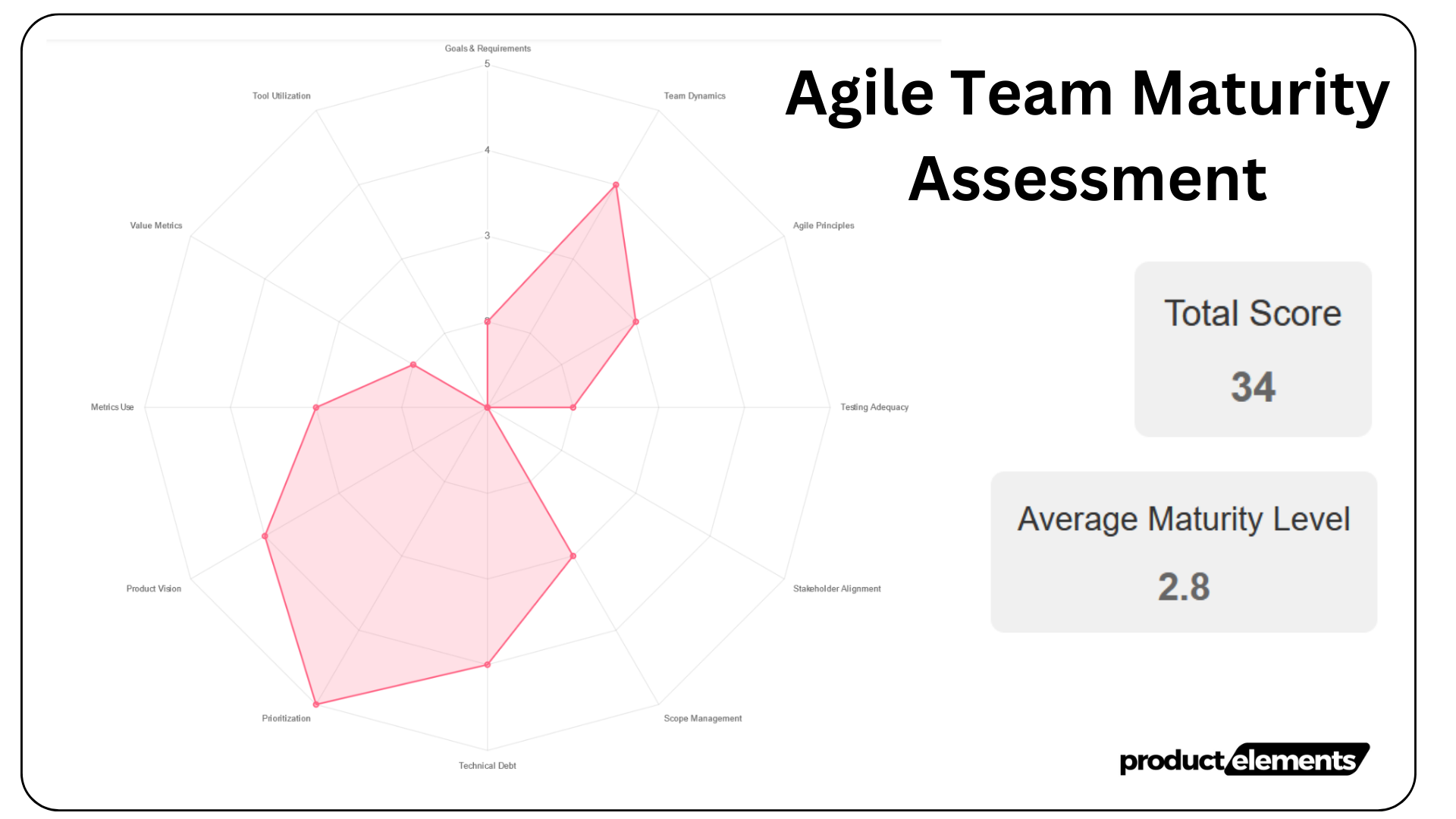Why Agile Product Teams Are Struggling and How to Turn It Around
In the rapidly evolving landscape of product development, Agile methodologies promise faster delivery, higher quality, and better alignment with customer needs. However, many Agile product teams find themselves struggling to achieve these benefits. The adoption of Agile practices often comes with a host of challenges that can derail even the most well-intentioned efforts.
Common Challenges Facing Agile Product Teams
1. Lack of Clarity on Goals & Requirements
Teams often grapple with poorly defined goals and vague requirements, leading to confusion and scope creep.
2. Dysfunctional Team Dynamics
Effective collaboration is hindered by poor communication, lack of trust, and unresolved conflicts within the team.
3. Misunderstanding of Agile Principles
Teams sometimes treat Agile as a set of rigid processes rather than a mindset, missing opportunities for true continuous improvement.
4. Inadequate Testing Practices
Insufficient testing strategies can result in bugs, regressions, and ultimately lower-quality products.
5. Stakeholder Misalignment
Misalignment between the team and stakeholders can cause delays and frustration, impacting the project’s success.
6. Scope Creep Due to External Pressures
External pressures often lead to scope creep, compromising the team’s ability to deliver on time and within budget.
7. Accumulation of Technical Debt
Technical debt, if not managed properly, can hinder progress and lead to long-term maintenance challenges.
8. Prioritization Overload
An overload of priorities can lead to burnout and decreased productivity among team members.
9. Product Vision Drift
Losing sight of the product vision can result in fragmented efforts and misaligned features.
10. Metrics Overload or Misuse
Using too many metrics or focusing on the wrong ones can obscure true performance and confuse the team.
11. Ineffective Use of Tools
Struggling to fully utilize Agile tools can lead to inefficiencies and missed opportunities for improvement.

Building High-Performing Agile Teams: Embracing the Framework
Building high-performing Agile teams is not a one-size-fits-all endeavor. It involves navigating through various parameters and dimensions unique to each team’s context. While there is no fixed rule, a structured framework provides guidance and best practices to overcome practical challenges.
The Agile Journey: A Structured Approach
- Take Quick Agile Team Maturity Test :
Assess your team’s current maturity level across key Agile dimensions. Identify strengths and areas for improvement. Get a quick check on Agile Team Maturity Assessment. - Create Actionable Plans
Develop tailored action plans based on assessment insights. Prioritize initiatives to address identified challenges effectively. Here is actionable playbook to understand your team’s challenges. - Implement-Evaluate-Evolve: Implement action plans rigorously. Conduct regular reviews and adjustments to foster continuous improvement and maturity. Looking at the complexities and variations of Agile adoption, explore this Agile Toolkit.
Conclusion
Creating high-performing Agile teams is the cornerstone of unlocking the true potential of Agile methodologies. By fostering a culture of collaboration, prioritizing user-centricity, embracing continuous improvement, and investing in the right skills, teams can achieve remarkable outcomes.
Embrace these principles to build resilient, adaptable teams that drive innovation and exceed expectations in today’s competitive landscape.
Happy Teams!
The Agile Toolkit: Your Comprehensive Resource
At Product Elements, we understand the complexities of Agile adoption and have curated the Agile Toolkit to empower your team’s journey towards high performance.
